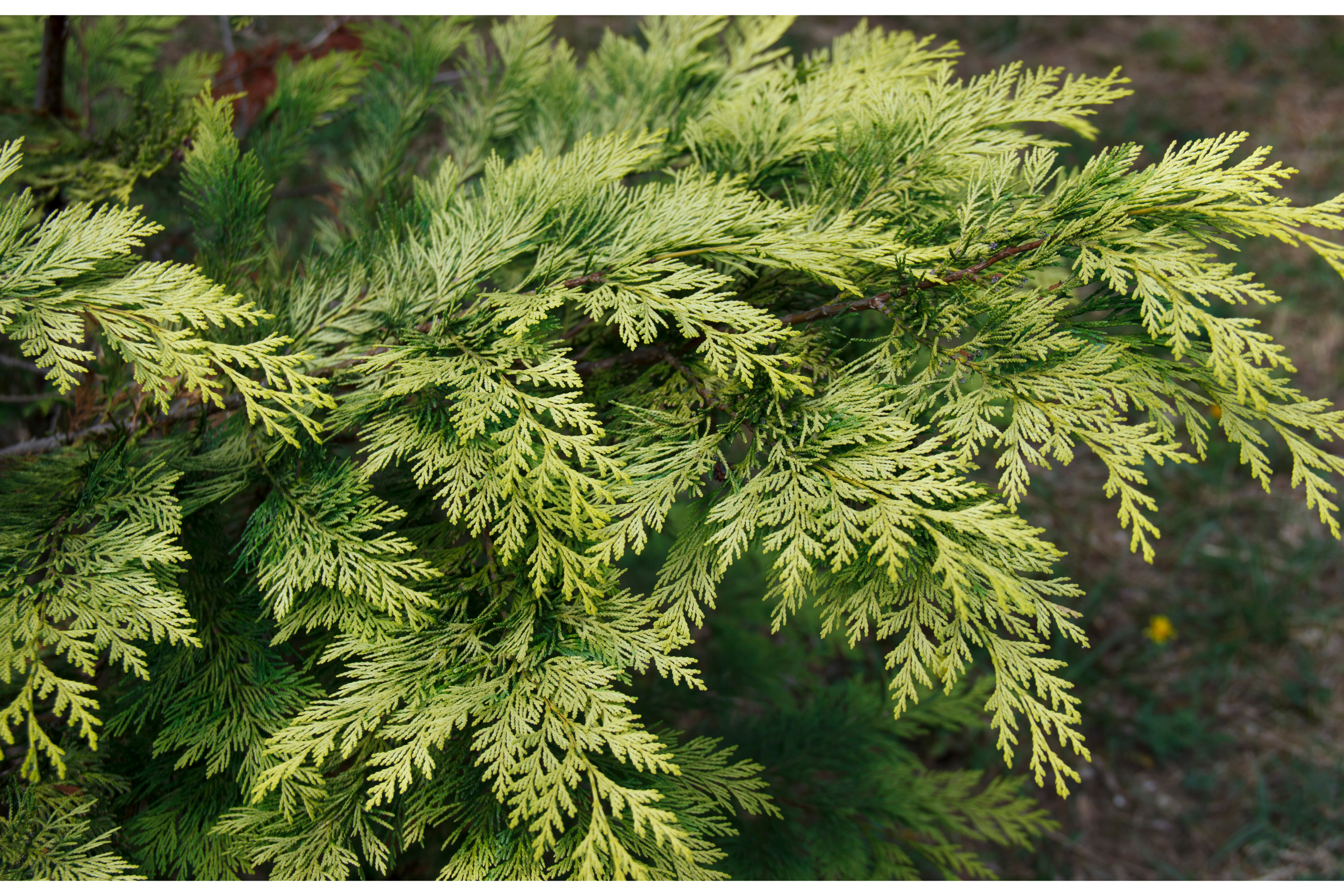Bald cypress
(Taxodium distichum)

Description
Taxodium distichum, commonly known as bald cypress, is a deciduous conifer tree that belongs to the family Cupressaceae. The tree is native to the southeastern United States, from Delaware to Florida and as far west as Texas. Taxodium distichum is a large, long-lived tree that can grow up to 120 feet (36 meters) tall, with a trunk diameter of up to 6 feet (1.8 meters). Taxonomy The scientific name of the bald cypress is Taxodium distichum. The genus name Taxodium is derived from the Greek words "taxis," meaning arrangement, and "hodos," meaning way or road, while the species name "distichum" refers to the arrangement of the leaves in two rows. Description Taxodium distichum has a pyramidal shape in its youth, which eventually gives way to a broader, more open form with age. The tree's bark is gray-brown and fibrous, with narrow, flat ridges and deep furrows. The leaves of Taxodium distichum are deciduous, needle-like, and arranged in two rows along the stem. The leaves are green in the summer, turning bronze and then reddish-brown in the fall before falling off the tree. The cones of Taxodium distichum are small, round, and woody, about 1 inch (2.5 cm) in diameter. Distribution and habitat Taxodium distichum is native to the southeastern United States, where it grows in wetlands, swamps, and along rivers and streams. The tree is well-adapted to growing in wet, low-oxygen soils, where other tree species cannot survive. Taxodium distichum is often found growing in pure stands, forming extensive, swampy forests. Ecological importance Taxodium distichum is an important component of wetland ecosystems, providing habitat for a variety of plant and animal species. The tree's roots help to stabilize soil in wetlands, preventing erosion and sedimentation. Bald cypress swamps are also important for their ability to store and filter water, which helps to reduce flooding and improve water quality. Cultural significance Taxodium distichum has long been valued by humans for its timber, which is resistant to rot and decay. The tree's wood has been used for a variety of purposes, including building boats, houses, and furniture. Bald cypress trees are also commonly used for landscaping, due to their attractive shape, fall color, and ability to grow in wet soils. Conservation status Taxodium distichum is considered a species of least concern by the International Union for Conservation of Nature (IUCN), due to its widespread distribution and large population. However, like many wetland species, the tree is threatened by habitat loss and degradation, particularly from drainage and development. The bald cypress is also vulnerable to logging, which can deplete local populations of the tree. Propagation and cultivation Taxodium distichum is easily propagated from seed, which can be collected from mature cones in the fall. The seeds should be planted in a well-drained soil mix and kept moist until they germinate. The tree can also be propagated from cuttings, but this method is less reliable. Taxodium distichum is widely cultivated for landscaping, particularly in wet areas, and is valued for its attractive shape, fall color, and ability to tolerate wet soils. Conclusion Taxodium distichum, or bald cypress, is a large, long-lived deciduous conifer that is native to the southeastern United States. The tree is well-adapted to growing in wetlands and along rivers and streams, and is an important component of wetland ecosystems.
Taxonomic tree:







